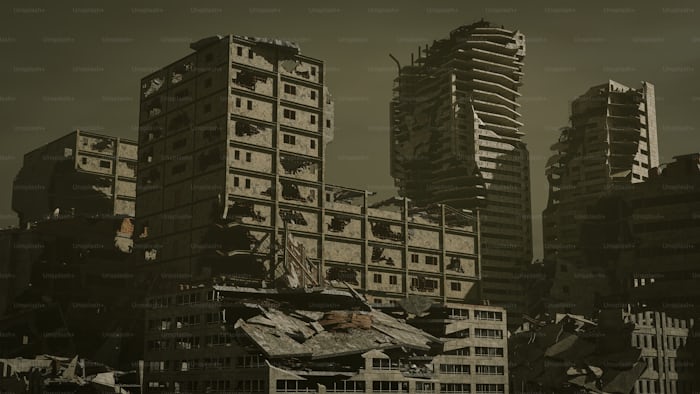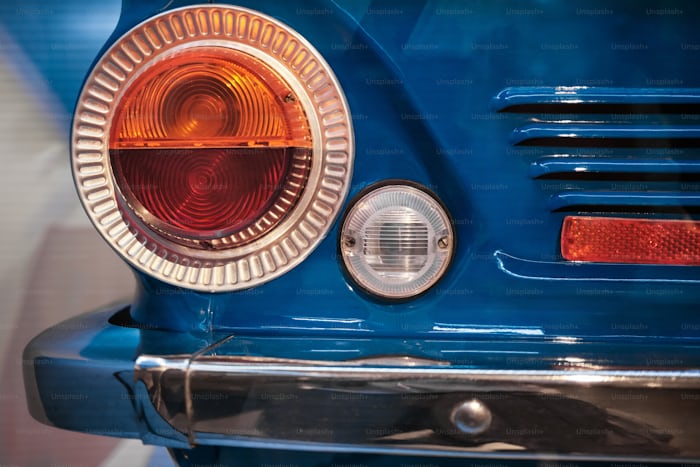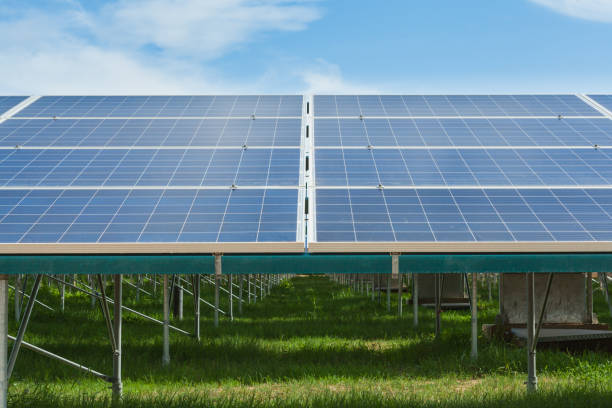As homeowners increasingly seek ways to extend their living space, outdoor fire pits have surged in popularity. These backyard additions offer more than just warmth; they create ambiance, become a focal point for gatherings, and provide a cozy spot to relax and unwind. Whether you’re roasting marshmallows with family, entertaining guests, or simply enjoying a quiet evening under the stars, an outdoor fire pit can transform your outdoor space into a cozy retreat.
In this article, we’ll explore the various types of outdoor fire pits, their benefits, installation considerations, and design ideas to inspire your next backyard project.
Types of Outdoor Fire Pits
Before you start shopping for an outdoor fire pit, it’s essential to understand the different types available. Fire pits come in various shapes, sizes, and fuel types, each with its pros and cons. Below are some common types:
1. Wood-Burning Fire Pits
Wood-burning fire pits offer the classic, rustic charm of an open flame. These pits often resemble a traditional campfire, with logs crackling and the smell of wood filling the air. They can be made from materials like steel, stone, or brick and are available in both portable and permanent models.
- Pros: Authentic experience, high heat output, affordable.
- Cons: Requires regular maintenance, wood storage, and produces smoke.
2. Gas Fire Pits
Gas fire pits are a more modern option that uses propane or natural gas as fuel. These pits are available in a variety of designs, from sleek metal bowls to built-in stone structures. Gas fire pits are clean-burning, produce no smoke, and can be easily turned on and off with a switch.
- Pros: Low maintenance, smoke-free, easy to control.
- Cons: Higher upfront cost, less heat output than wood-burning pits, requires a fuel source.
3. Ethanol Fire Pits
Ethanol fire pits are a great option for those who want the aesthetic of a fire pit without the hassle of wood or gas. These eco-friendly fire pits burn clean ethanol fuel and come in modern, compact designs that are perfect for smaller outdoor spaces.
- Pros: Portable, eco-friendly, easy to use.
- Cons: Expensive fuel, lower heat output.
4. Gel Fire Pits
Gel fire pits are similar to ethanol fire pits but use gel fuel. They are often used for decorative purposes rather than heating, making them ideal for smaller patios or balconies where space is limited.
- Pros: Clean burning, portable, minimal maintenance.
- Cons: Low heat output, not ideal for large spaces.
Benefits of an Outdoor Fire Pit
Adding an outdoor fire pit to your backyard has numerous benefits that go beyond just providing warmth.
1. Extended Outdoor Living
With a fire pit, your backyard becomes a year-round outdoor space. Even during colder months, the warmth from the fire allows you to enjoy fresh air, entertain guests, or relax outdoors.
2. Ambiance and Aesthetics
A fire pit creates a cozy and inviting atmosphere. Whether you’re hosting an evening dinner party or simply sitting around the fire, the soft glow of the flames adds a beautiful aesthetic to your backyard.
3. Social Hub
Fire pits naturally draw people together. They serve as a focal point for social gatherings, providing a comfortable space where friends and family can gather, talk, and enjoy the warmth.
4. Cooking Opportunities
Some outdoor fire pits come with accessories that allow you to cook over the flames, turning your backyard into a versatile dining area. From roasting marshmallows to grilling burgers, a fire pit can double as a cooking space.
5. Increase Property Value
A well-designed fire pit can enhance the appeal of your home. It creates a sense of luxury and can increase your property’s value by making your outdoor space more functional and attractive to potential buyers.
Design Ideas for Outdoor Fire Pits
When it comes to designing your outdoor fire pit, the possibilities are endless. Whether you’re looking for a sleek, modern style or a rustic, natural look, there’s a design to suit every backyard. Below are a few ideas to get you started:
1. In-Ground Fire Pits
In-ground fire pits are sunken into the ground and surrounded by materials like stone or brick. They provide a more rustic, campfire-style atmosphere and can be a permanent fixture in your backyard.
2. Fire Pit with Built-In Seating
Create a cozy and intimate gathering space by building seating around your fire pit. Whether you opt for stone benches or cushioned chairs, having built-in seating ensures that everyone has a place to sit and enjoy the warmth of the fire.
3. Tabletop Fire Pits
For those with limited space, a tabletop fire pit can be the perfect solution. These compact fire pits are designed to sit on a table, providing ambiance and warmth without taking up much space. They’re ideal for patios, balconies, and smaller outdoor areas.
4. Modern Gas Fire Bowls
Gas fire bowls offer a sleek and contemporary look. They are typically made of concrete, metal, or stone and come in various shapes and sizes. These minimalist designs are perfect for modern outdoor spaces and provide an elegant focal point.
5. Fire Pit with Water Features
For a unique and luxurious backyard, consider incorporating both fire and water. Fire pits with surrounding water features create a stunning visual contrast, making your outdoor space feel like a high-end resort.
Installation and Safety Considerations
Before installing an outdoor fire pit, it’s crucial to consider safety and local regulations.
1. Location
Place your fire pit in an open area away from structures, trees, and flammable materials. Ensure that it’s positioned on a stable, non-combustible surface, such as concrete or stone, and that there’s enough space around it for seating and safe movement.
2. Wind Direction
Consider wind patterns in your yard. Position your fire pit in a way that minimizes the risk of smoke blowing towards seating areas or your home.
3. Safety Features
If you have a gas fire pit, ensure that it comes with safety features like an automatic shut-off valve. For wood-burning pits, consider adding a fire screen to prevent sparks from flying out.
4. Local Codes and Regulations

Check with your local authorities for any regulations or permits required for installing a fire pit. Some areas have restrictions on open flames, especially during dry seasons or in fire-prone regions.
Conclusion
An outdoor fire pit is a versatile addition to any backyard, offering warmth, ambiance, and a gathering spot for friends and family. Whether you opt for a traditional wood-burning pit or a modern gas option, it’s an investment that enhances your outdoor living experience. With the right design, safety precautions, and installation, you’ll enjoy your fire pit for years to come.





